#Landscape language
Explore tagged Tumblr posts
Text

Landscape Language
Zygomorphic (adj) – flower that divides along an axis into mirror-like parts
Also known as bilateral symmetry, zygomorphic flowers have an irregular flower structure that can be divided into mirrored halves. Classic examples are members of the orchid family, such as the Calypso orchids found in Mount Rainier National Park. Calypso orchids have a crown of five petals and a slipper-shaped lower lip that forms a mirror image if you imagine a vertical axis splitting the flower in half. In addition to the 15 orchid species found in the park, other examples of zygomorphic wildflowers include monkeyflowers and penstemons.
NPS Photo of Calypso orchids in the Longmire area, April 2016. ~kl
133 notes
·
View notes
Text
Valerio Minato's photo that won the Astronomy Picture of the Day Contest by NASA on December 25th, 2023.
In the picture: the moon, the Monviso Mount and the Basilica of Superga (on the Superga hill) outside Turin are all aligned. it took him 6 years to take this shot (and I take it as an example to never give up on your dreams).
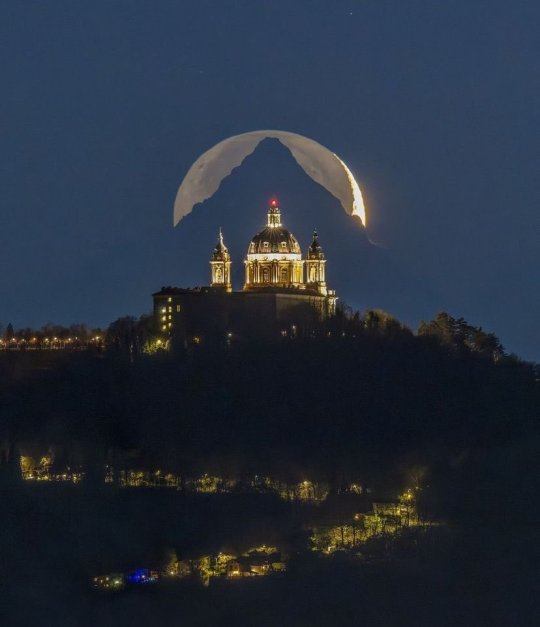
#it#italians#italian things#italian stuff#not language#photography#nasa#italian#landscape#astronomy#italian places#visit italia#visit italy#torino#turin#superga#piedmont#piemonte#piemonte power
25K notes
·
View notes
Text




Jade Dragon Snow Mountain 玉龙雪山 also known by its native Naxi name “Mount Satseto”
Is a mountain range in Lijiang, Yunnan province, China. 🏔️
#china#people’s republic of china#prc#Yunnan#yunnan province#china’s mountains#china’s landscape#china’s nature#chinese#chinese culture#east asia#chinese heritage#chinese history#naxi people#naxi language#nature#Southern China#naxi#nakhi people#ethnic cultures#nakhi language#nakhi#🇨🇳#sino#han Chinese#snow#southeast asia#Jade dragon snow mountain#snowy mountains#snow mountains
64 notes
·
View notes
Text
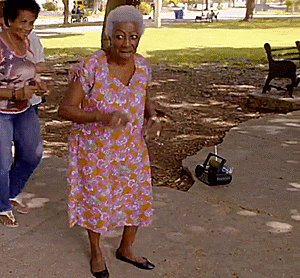
#Cuba#Nigerian#african#afrakan#kemetic dreams#africans#brownskin#brown skin#afrakans#african culture#afrakan spirituality#african landscape#African language#Cuban language#spainish#lucumi#Yoruba#epic video
225 notes
·
View notes
Text
I began to notice this animal dimension in my own speaking—conscious now not only of the denotative meaning of my terms, but also of the gruff or giddy melody that steadily sounds through my phrases, and the dance enacted by my body as I speak—the open astonishment or the slumped surrender, the wary stealth or the lanky ease. Trying to articulate a fresh insight, I feel my way toward the precise phrase with the whole of my flesh, drawn toward certain terms by the way their texture beckons dimly to my senses, choosing my words by the way they fit the shape of that insight, or by the way they finally taste on my tongue as I intone them one after another. And the power of that spoken phrase to provoke insights in those around me will depend upon the timbre of my talking, the way it jives with the collective mood or merely jangles their ears.
David Abram, Becoming Animal: An Earthly Cosmology
#quote#David Abram#Abram#Becoming Animal#language#linguistics#sound#acoustics#ecology#nature#Earth#environment#landscape#ecosystem#voice#words
35 notes
·
View notes
Text

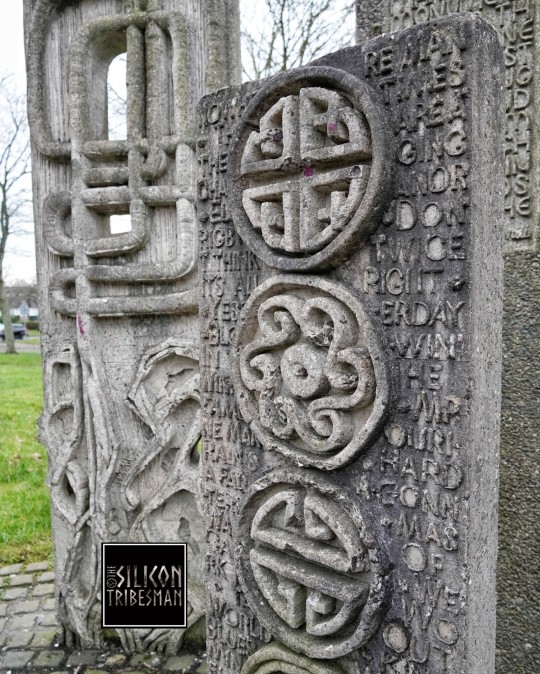

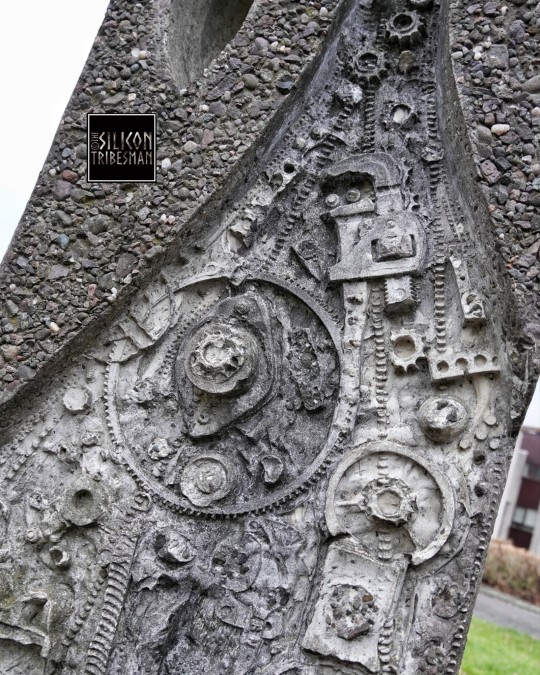

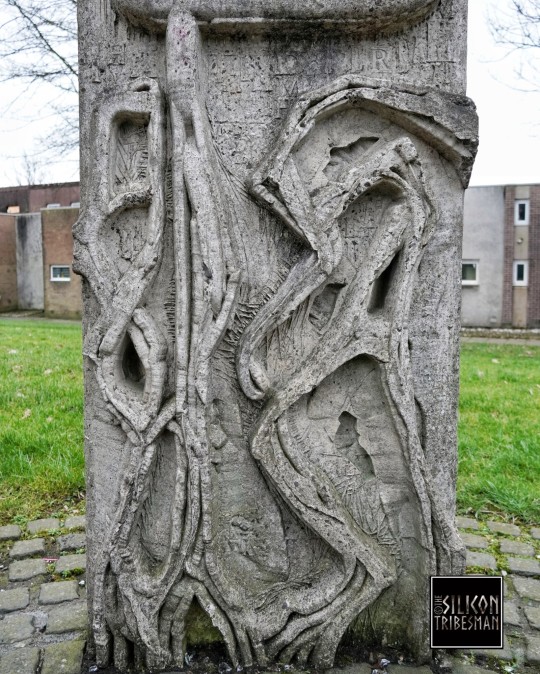
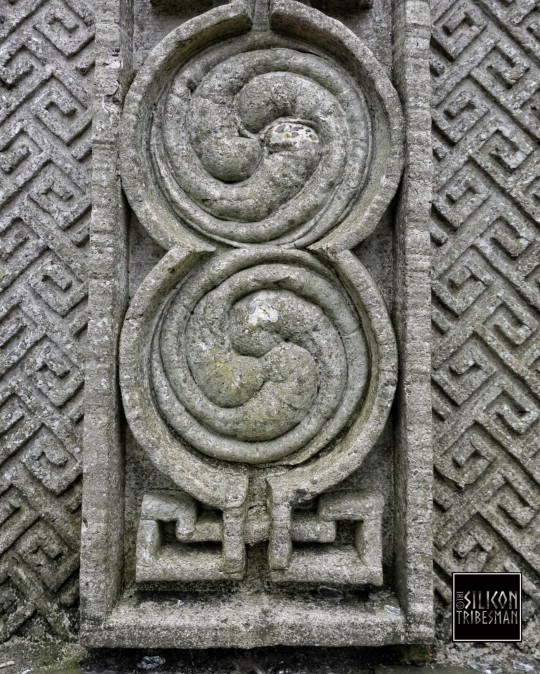
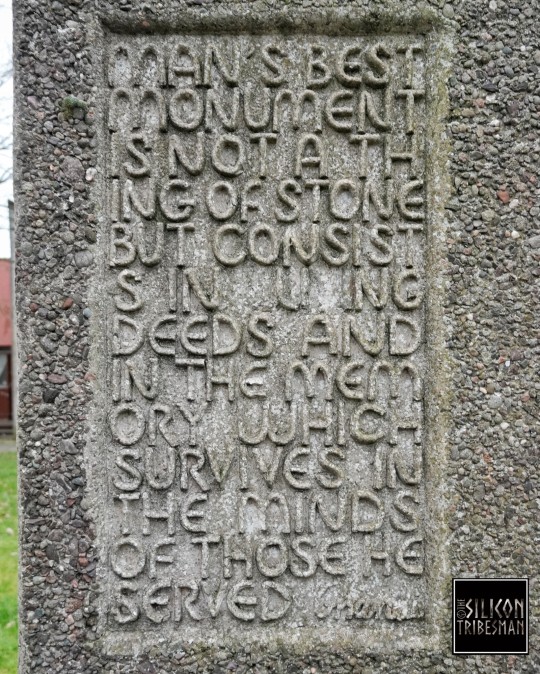
David Harding's 'Henge', Glenrothes, Scotland
#henge#archaeology#contemporary art#artwork#relic#concrete#sculpture#symbols#history#outdoors#landscape#Scotland#language
189 notes
·
View notes
Text
SkyWing Names - Letter A #1
Ablaze (Burning fiercely, or something brightly colored.) Accentor (A dull-colored Eurasian songbird) Accipiter (A genus of medium-sized forest-dwelling hawks that have short broad wings and a long tail.) Achondrite (A stony meteorite without rounded grains) Acorn (Fruit of the oak tree.) Actinolite (A fibrous mineral that can be pale green, yellow, blue and black.) Adret (The sun-facing side of a mountain.) Adularia (A white or colorless mineral often found in the alps) Aegolius (A genus of small owls) Aerial (Of, relating to, or occurring in the air or atmosphere.) Aerie (A large nest of a bird of prey, especially eagles, typically built high in a tree or on a cliff.) Aerosol (Small particles suspended in the atmosphere.) Afterburn (A burning sensation.) Agate (A variety of chalcedony that comes in many colors, often with swirl or banded patterns throughout.) Aiguille (A sharp-pointed pinnacle of rock.) Airstream (A current of air.) Alabaster (A mineral often used for carving.) Alabio (An Indonesian duck breed.) Alate (To have wings or wing-like appendages.) Albite (A pale-colored, usually white, mineral.) Alder (A type of tree from the birch family with toothed leaves.) Alev (A Turkish name meaning 'flame'.) Alexornis (A prehistoric bird.) Algodonite (A copper arsenide mineral.) Alizarin (A red pigment.) Almandine (A type of garnet with a violet tint.) Alp (A high, rugged mountain that is often snowcapped.) Alpaca (A domesticated mammal related to the Llama and known for its wool.) Alpenglow (The rosy light of the setting or rising sun seen on high mountains.) Alpine (Relating to high mountains.) Altitude (The height of an object or point in relation to sea or ground level.) Alto or Altocumulus (A fleecy cloud formation that occurs at a medium altitude.) Altostratus (A fairly uniform mid-altitude layer of gray cloud.) Alunite (A white, gray, or reddish mineral that can be found in volcanic rocks.) Amaranth (A purple color.) Amaterasu (The Japanese Shinto goddess personifying the sun.) Amber (A hard and translucent fossilized resin, or a yellow/orange color.) Amblygonite (A pale yellow gem.) Amethyst (A violet or purple quartz gem or a violet color.) Ammolite (An opal-like gemstone made of the fossilized shells of ammonites.) Analcime (A white, gray or colorless mineral.) Anapaite (A green mineral.) Anatase (A rare gemstone that comes in many colors.) Andalusite (A gemstone that is typically brown, red or green.) Andes (A South American mountain range.) Andesine (A rare gem known for it's orange-red and red colors, but also comes in yellow, green, and blue.) Andesite (A gray lava rock with white and black speckling. The speckles are crystals such as feldspar or quartz.) Andradite (A kind of garnet that comes in many colors.) Angelite (A blue gemstone but can also be white, violet, colorless, or dark gray.)
#wings of fire#wof#wings of fire names#wof names#skywing#skywing names#fire names#bird names#rock names#mineral names#gemstone names#air names#tree names#names in other languages#red color names#landscape names#mountain animal names#cloud names#god/goddess names#a names
39 notes
·
View notes
Text
nov 9 - nov 13 readings
hi! this is reaux (she/they)! as many of you know, BFP is slowly waking up and will be undergoing a full makeover in the coming months. in the mean time, to help get back into the pattern of posting and to continue to share resources, i want to start posting what i read each week!
without further ado, here is everything i've been learning from and engaging with so far just between last saturday night [nov 9, 2024] and right now [wednesday afternoon, nov 13, 2024]! i tried to post this on tiktok @/edgeofeden.17 (go check me out for cool political talks and reading recs!) with my reactions as well, but they said it violated community guidelines :(
journal article: The House on Bayou Road: Atlantic Creole Networks in the Eighteenth and Nineteenth Centuries
wikipedia: Plaçage
wikipedia: Signare
paperback book: Africans In Colonial Louisiana: The Development of Afro-Creole Culture in the Eighteenth-Century
article: Why Is Gen Z So Sex-Negative?: A prehistory of the Puriteen.
article: Policy-makers must not look to the “Nordic model” for sex trade legislation
article: Sex workers face unique challenges when trying to unionize: Anti-sex work stigma and labor status create roadblocks in sex workers’ fight against the industry status quo
wikipedia: Decriminalization of sex work
short youtube video: "Decriminalization of sex work does not mean the decriminalization of human trafficking."
short youtube video: What About Legalization? Decriminalization is the only solution
short youtube video: Dis/Ability and Sex Work Decriminalization
short youtube video: "Helping people through police is inherently coercive." - Gilda Merlot
wikipedia: Page Act of 1875
essay: Uses of the Erotic: The Erotic as Power by Audre Lorde
wikipedia: Erotic Capital
long youtube video: KATHERINE MCKITTRICK: Curiosities, Wonder, and Black Methodologies // 09.14.20
journal article: Black life is Not Ungeographic! Applying a Black Geographic Lens to Rural Education Research in the Black Belt
journal article: Black matters are spatial matters: Black geographies for the twenty-first century
journal article: Unspoken Grammar of Place: Anti-Blackness as a Spatial Imaginary in Education
short video: Chicago Works | Andrea Carlson: Shimmer on Horizons
zine: Evaluating What Skills You Can Bring to Radical Organizing
diagram + workbook?: The Social Change Ecosystem Map (2020)
essay: How to Build Language Justice
guide: Anti-Oppressive Facilitation for Democratic Process: Making Meetings Awesome for Everyone
radical resource library: Center for Liberatory Practice & Poetry
short essay: The Short Instructional Manifesto for Relationship Anarchy
essay/blog post: Access Intimacy: The Missing Link
i think that's everything? whew. let's see how i finish off the week! if you need PDFs for anything i didn't directly link, lmk and i'll find a way to get it to you. might upload it to my google drive or something!
--
topics: Louisiana Creole history + heritage, women of color + erotic capital, sex work decriminalization, Black geography, revolutionary organizing, language, relationship anarchy, disability, intimacy
#reaux speaks#resources#louisiana creole#creole#women of color#audre lorde#decriminalization#geography#landscape painting#organizing#community organizing#language#disability#accessibility#intimacy#relationship anarchy#anarchism#marriage#academia#political education#zine#skills
44 notes
·
View notes
Text
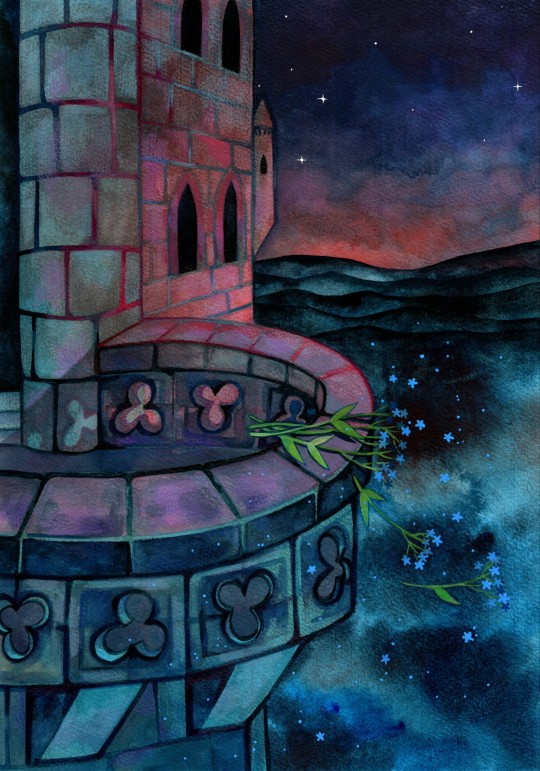
Forget Me Not.
#art#my art#artists on tumblr#artwork#illustration#watercolor#watercolour#gouache#markers#mixed media#paint#painting#draw#drawing#landscape#fantasy ambient#fantasy#ambient#surreal#flower language#flower#forget me not#whimsical#blue#colorful
113 notes
·
View notes
Text
Saw a gif and now i need to be fucked against a window on a train in one of the sleeping compartment thingies
#she speaks#pardon my language i literally do not know what they're called#sleep compartments?#doesn't matter i want to be pinned up against a window and watch the dark landscape pass by while he's pounding me#this feels subby but oh well#my blog my decisions
21 notes
·
View notes
Text

Landscape Language
Skirting effect (noun) – trees with denser branches towards the ground
It may be summer, but signs of Mount Rainier’s long winters are still visible in the landscape. Look for the "skirting" effect on trees with stunted upper branches and longer, denser branches near the ground. Harsh winds stunt the higher branches, while snow protects the lower growth. At this location, the changes in the branch growth reveals that the typical snowpack is about 5-6 feet (5’9” person for scale). What other signs of winter are you still finding in the park?
NPS Photo of skirting effect on a subalpine fir along the Crystal Lakes Trail, 7/4/23. ~kl
76 notes
·
View notes
Text
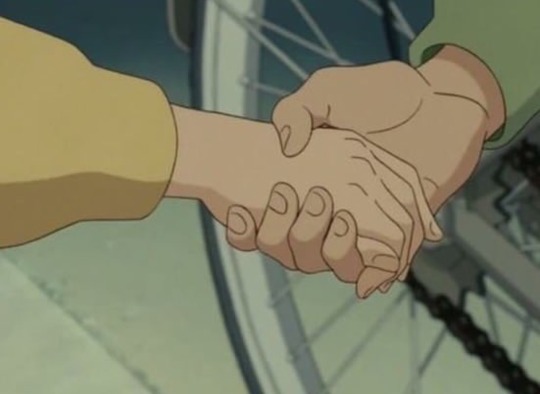
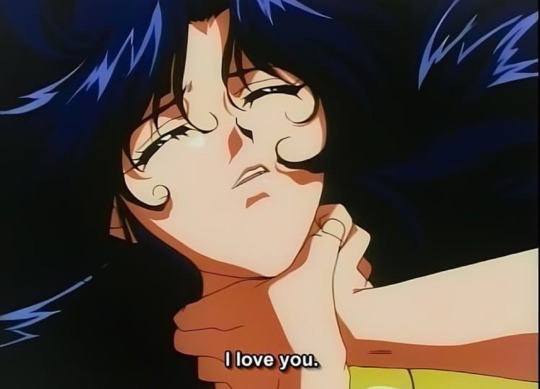

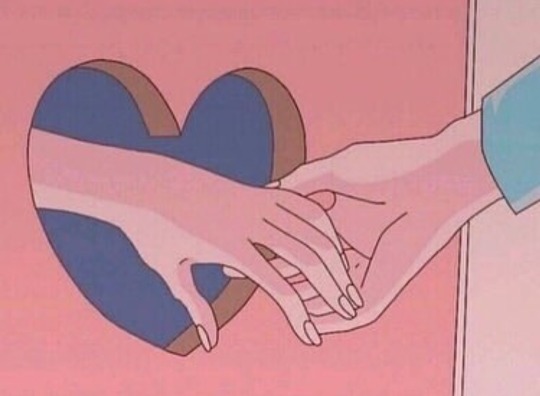
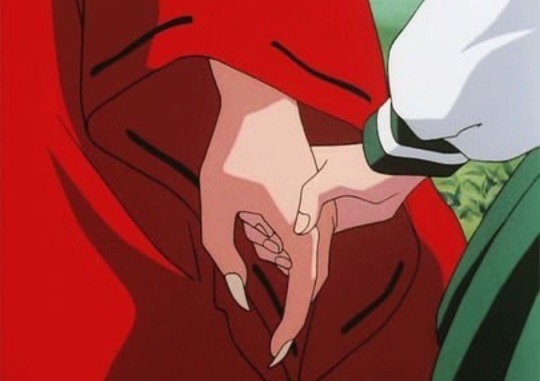
— Love languaje.
#frases#cosas#tumblr#citas#un chico que mira las estrellas#notas#textos#escritos#frase#letras#love language#no love#in love#language#landscapes#sky#mood#books#romantic aes
135 notes
·
View notes
Text

#beautiful photos#photooftheday#tumblr#nature#trending#kerala#travel#travel photography#vacationtolocation#youtube vlogs#tamilnadu#tamil language#explore#adventure#travel vlog#travel blogger#incredibleindia#india#viralpost#wanderlust#landscape#nature lovers#love#lets go journey#vacation#Vacation To Location#hills#hillstationtravel#enjoy#paradise
16 notes
·
View notes
Text
the type of love that i crave 💕😔




#girlhood#im just a girl#hell is a teenage girl#girlcore#female hysteria#lana del rey#girlblogger#this is what makes us girls#girlblogging#just girly things#lizzy grant#landscape#love#ldr#love language#relationship#lovers#i love him
36 notes
·
View notes
Text
Stone erratics. Transcending time, eclipsing distance. Shipwrecked monoliths that sail across the empty landscape. As natural markers and ports of call, they have been worshipped as loci of divine power since time immemorial. They have formed the focal points for human wonder and wish fulfilment. And being untethered from their place of origin, they are a kind of pilgrim – commuting across the ancient byways and migrating from ancestral grounds of stone. The root of 'erratic' is in the Latin errare which means to wander. As they wander through the immensities of time and space these giant rocks become witnesses to the earth's internal monologues. They are the eavesdroppers of the sediments.
Paul Prudence, Figured Stones: Exploring the Lithic Imaginary
#quote#Paul Prudence#Figured Stones#geology#stones#nature#earth#environment#philosophy#natural philosophy#etymology#language#linguistics#rocks#landscape#ecology#Prudence
38 notes
·
View notes
Text




Last day of the Robert McFarlane and Jackie Morris Exhibition, 'Lost Spells, Lost Words: Beyond & Before' Exhibition today at Rheged, Cumbria. A great journey home!
#wild places#nature#flora#fauna#fox#owl#hare#wildlife#plants#rural#countryside#landscape#folklore#history#words#language#Cumbria#Rheged
45 notes
·
View notes